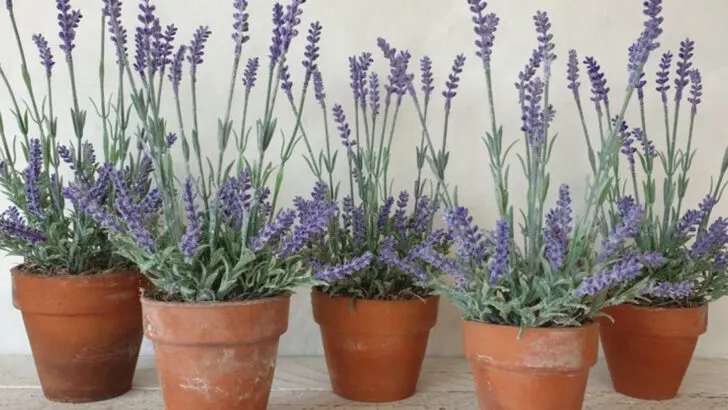Choosing the right container for your plants isn’t just about aesthetics—it can have a huge impact on their health, growth, and longevity. While plastic pots are lightweight and cheap, there are certain plants that genuinely thrive better in clay. Why? Because clay pots offer something plastic can’t: breathability, better moisture regulation, and natural insulation.
For plants that are sensitive to overwatering, prone to root rot, or that prefer drier conditions, the porous nature of terracotta makes a noticeable difference. Clay wicks excess moisture away from the roots and allows for better air circulation, which helps prevent fungal problems and promotes stronger root systems.
In this article, we’ll highlight 17 plant species—from classic succulents and herbs to less obvious candidates like certain houseplants and edibles—that actually perform better in clay over plastic. If you’ve struggled with soggy soil, stunted growth, or mysterious die-offs, switching your pot might be the easiest fix you haven’t tried yet.
Aloe Vera
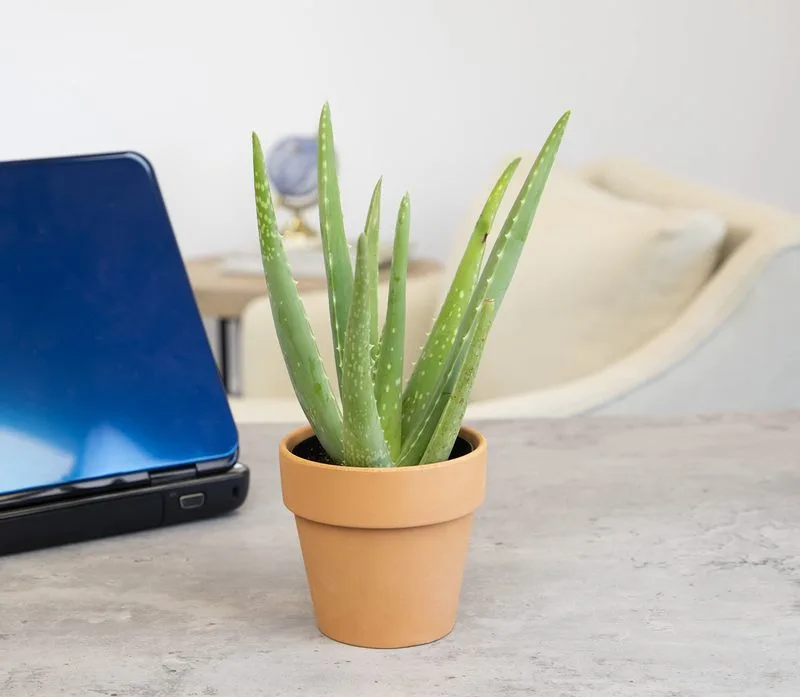
Aloe Vera, with its fleshy, succulent leaves, benefits immensely from clay pots. These pots help in preventing the roots from sitting in water, which is crucial for Aloe Vera’s growth. The porosity of clay allows for better air flow and drainage, making it ideal for plants that prefer dry conditions. Aloe’s ability to store water in its leaves means it doesn’t need frequent watering, and clay pots help maintain the necessary dryness between waterings. Interestingly, clay’s insulating properties keep the roots cool during hotter months. Perfect for those who love a touch of green without constant maintenance. A sunlit windowsill is its happy place.
Lavender
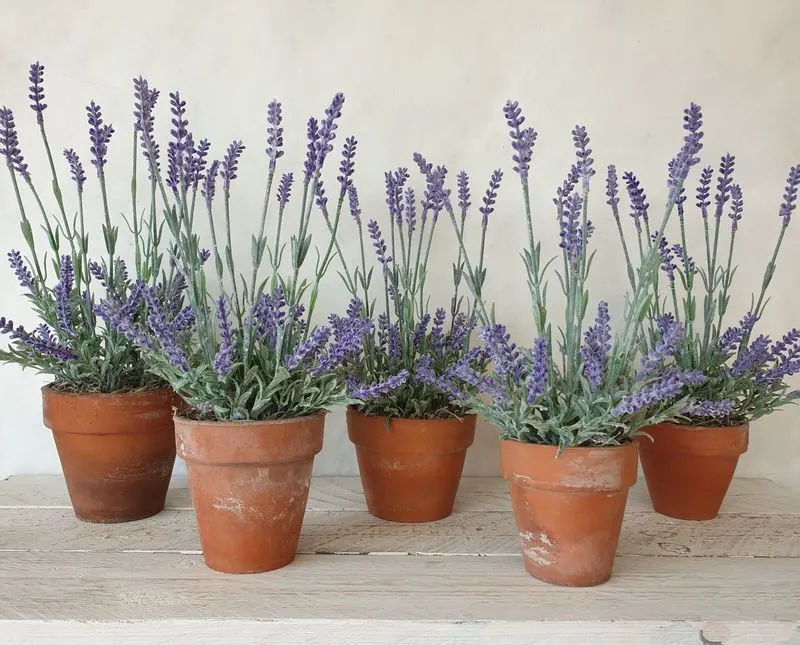
Lavender, with its aromatic purple blooms, thrives when planted in clay pots. The porous nature of clay ensures that this Mediterranean plant does not sit in overly wet soil, a condition it detests. Clay pots facilitate the evaporation of excess moisture, mimicking the dry, rocky soils of its native habitat. Furthermore, the weight of a clay pot provides stability against winds that could topple taller lavender plants. Enjoy the gentle rustle and fragrance of lavender on a breezy day, as clay pots keep their roots comfortably aerated and dry.
Cactus
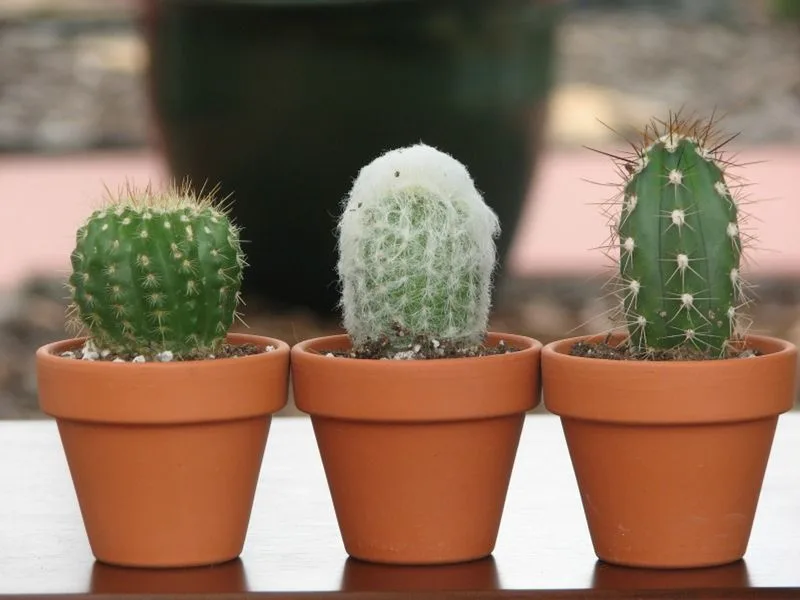
Cacti are desert natives that thrive in dry conditions, making clay pots perfect for their needs. These plants store water in their stems and require pots that won’t hold excess moisture. The breathable nature of clay allows the soil to dry out completely between waterings, preventing root rot. Additionally, clay pots help keep the temperature of the soil stable, an important factor for cacti living in fluctuating desert climates. Whether you’re displaying a single cactus or a collection, clay pots offer a natural, earthy aesthetic that complements their rugged beauty.
Basil
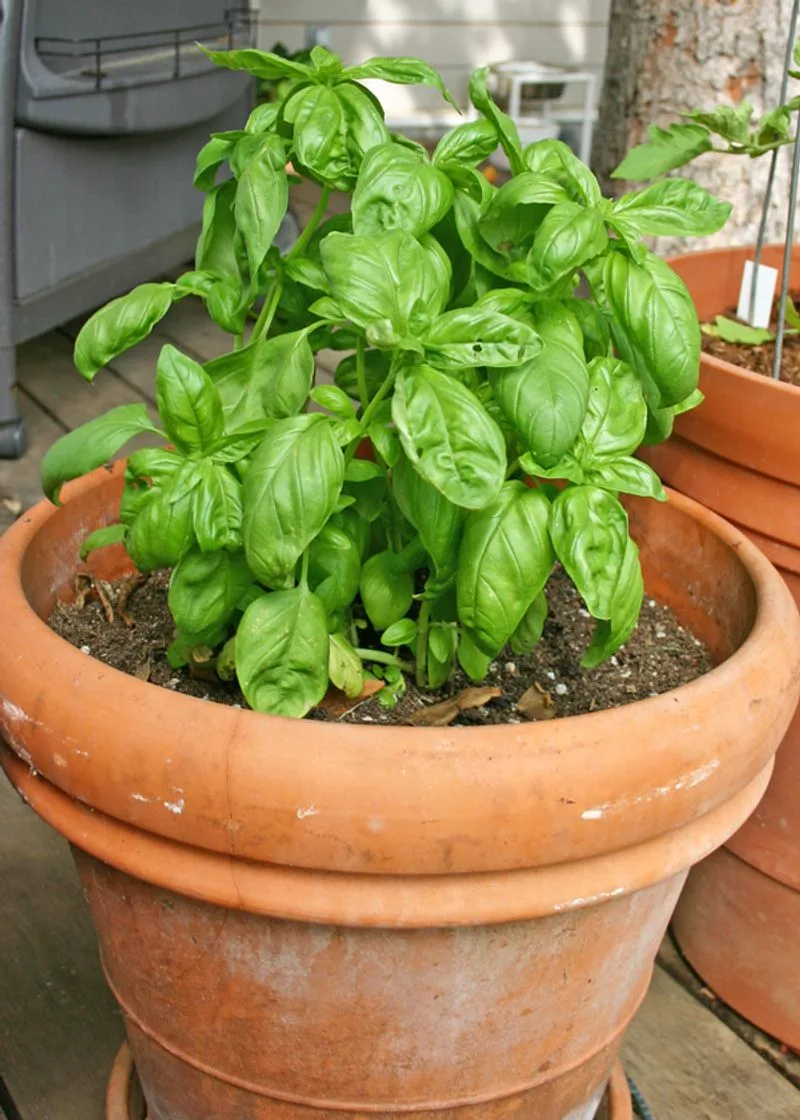
Basil, a staple in many kitchens, flourishes when given the right conditions, and clay pots provide just that. Known for its sensitivity to over-watering, basil benefits from the moisture-wicking properties of clay. The pot’s ability to allow air movement keeps the roots healthy and less prone to rot. Moreover, clay pots moderate the temperature, especially helpful in sunny kitchen spaces. Fresh basil leaves growing in your kitchen not only add aroma but also enhance your culinary creations. A clay pot ensures that this herb remains a thriving chef’s companion.
Ferns
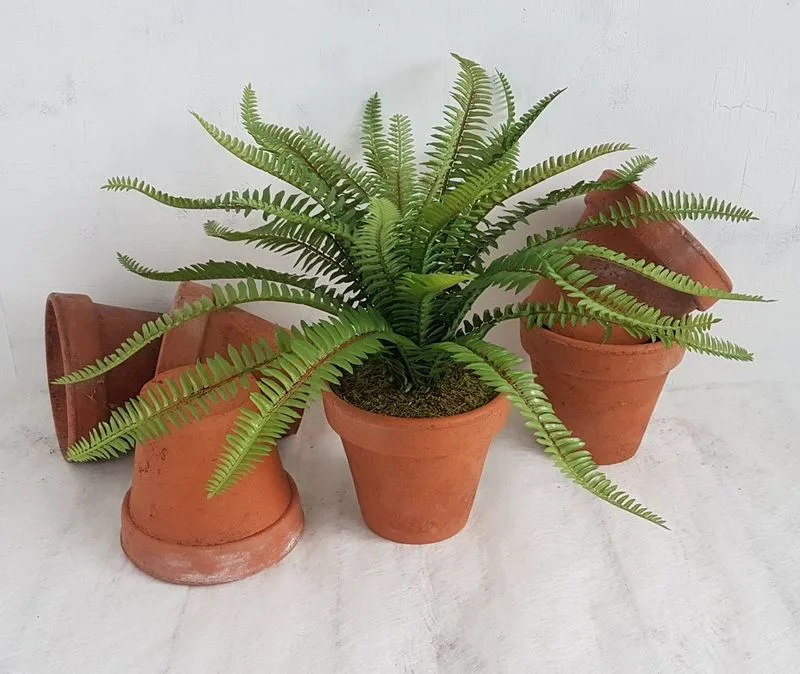
Ferns, with their lush, arching fronds, often prefer the stable, humid environment that clay pots can offer. Despite their love for moisture, ferns require good drainage to prevent waterlogged roots. Clay’s breathable nature helps to maintain the perfect balance of moisture and air circulation. This ensures that ferns can absorb the humidity they crave while avoiding root rot. Clay pots also keep the roots cool, mimicking their natural woodland habitats. Place them in a shaded garden nook, and watch them flourish in all their green grandeur.
Rosemary

Originating from the Mediterranean, rosemary is no stranger to dry conditions, making clay pots an ideal choice. These pots allow rosemary’s roots to breathe and avoid excessive moisture. The earthy material supports the plant’s need for excellent drainage, crucial for its health. Rosemary’s aromatic leaves and sturdy, woody stems benefit from the natural insulation provided by clay, which safeguards against temperature swings. A clay pot enhances rosemary’s resilience, allowing it to thrive even when neglected for periods, perfect for busy gardeners.
Orchids
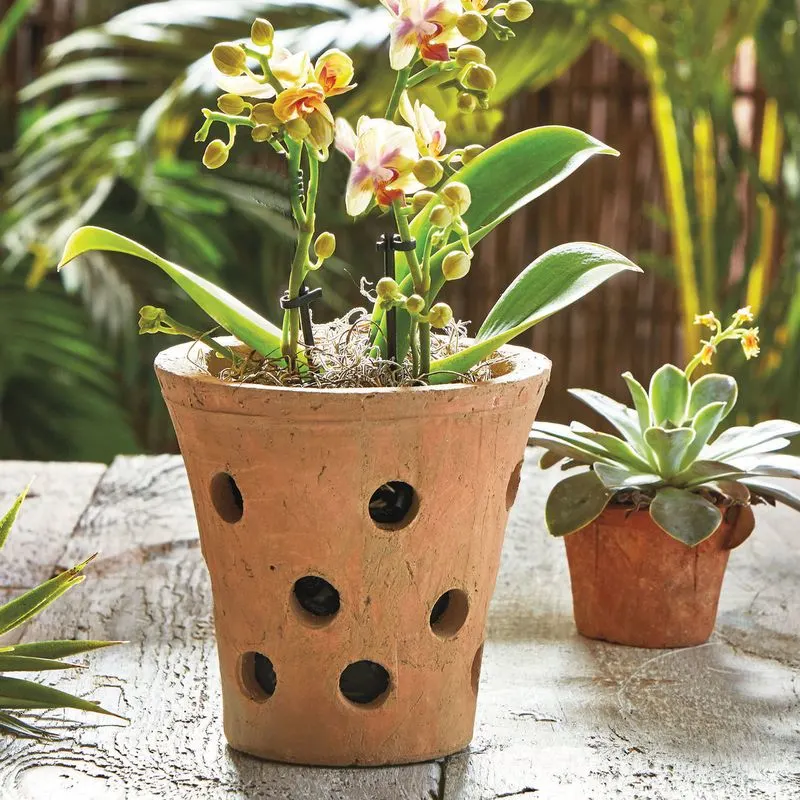
Orchids, with their exotic and delicate appearance, surprisingly prefer the sturdy environment of clay pots. These pots provide the aeration and drainage essential for orchid roots, which are accustomed to clinging to trees in humid yet airy environments. The clay helps to manage moisture levels, reducing the risk of over-watering. Furthermore, clay pots offer a stable base for these top-heavy plants, preventing tipping. Orchids in clay pots bring a touch of tropical elegance to any home, their blooms a testament to the right choice of container.
Thyme
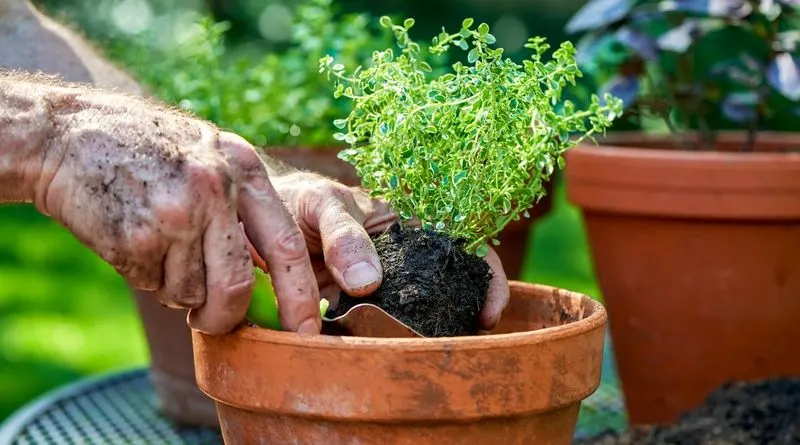
Thyme, a versatile culinary herb, thrives in the well-drained conditions provided by clay pots. Preferring dry, sandy soils similar to its Mediterranean origins, thyme benefits from the breathable nature of clay. This allows excess moisture to escape, protecting the plant from root rot. Additionally, clay’s weight provides stability, crucial for thyme’s sprawling growth habit. As thyme grows, its fragrant leaves can be easily snipped and used to elevate your dishes. Positioned on a sunny windowsill, thyme in a clay pot becomes a ready kitchen companion.
Succulents
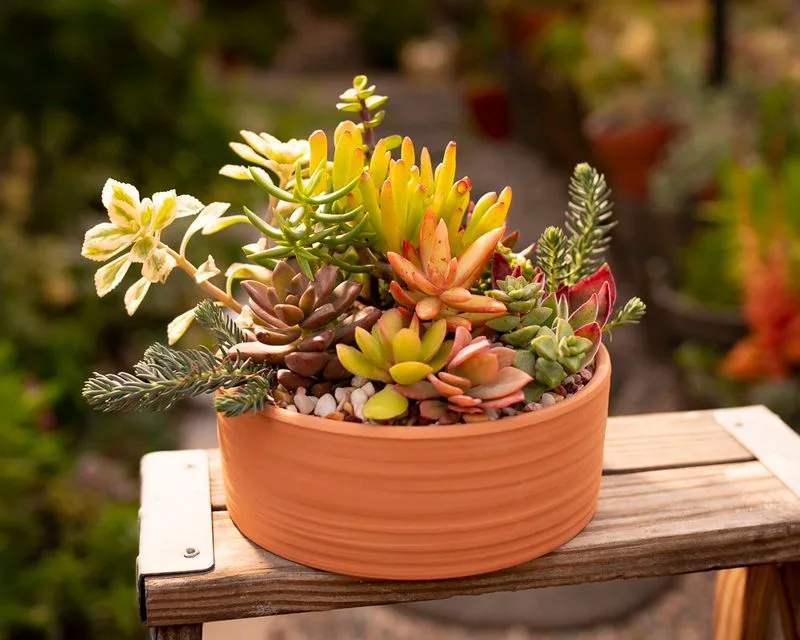
Succulents, known for their fleshy leaves and ability to store water, thrive in clay pots. These pots allow for excellent airflow and drainage, preventing the waterlogged conditions that succulents dislike. Clay’s natural breathability helps regulate moisture levels, crucial for these drought-tolerant plants. A collection of succulents in clay pots can create an eye-catching display, their varied shapes and colors adding interest to any space. Whether perched on a windowsill or arranged on a tabletop, succulents in clay pots are as low-maintenance as they are decorative.
Geraniums
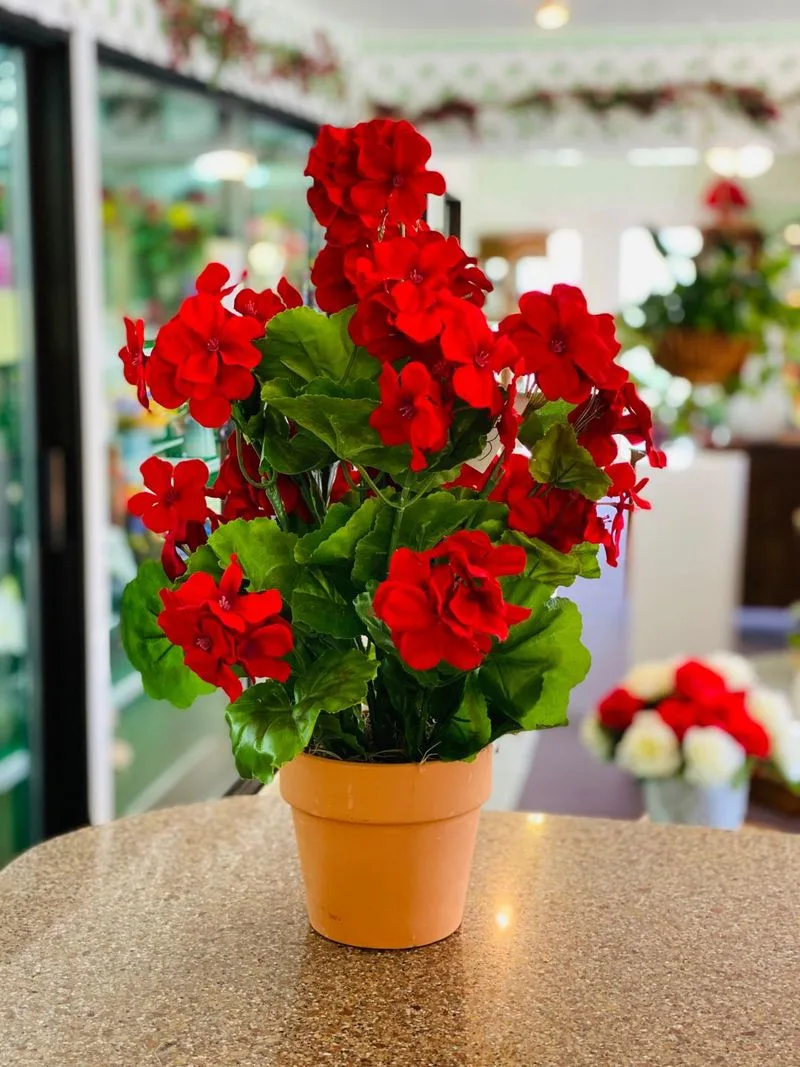
Geraniums, with their vivid flowers and robust nature, appreciate the benefits of clay pots. These pots offer the perfect balance of moisture retention and drainage, crucial for geraniums that dislike wet feet. The porous material allows excess water to evaporate, protecting the roots from rot. Additionally, clay pots provide the stability needed for these top-heavy plants, especially in windy conditions. Whether lining a sunlit terrace or brightening a cottage garden, geraniums in clay pots exude charm and resilience, offering a burst of color and life.
Mint
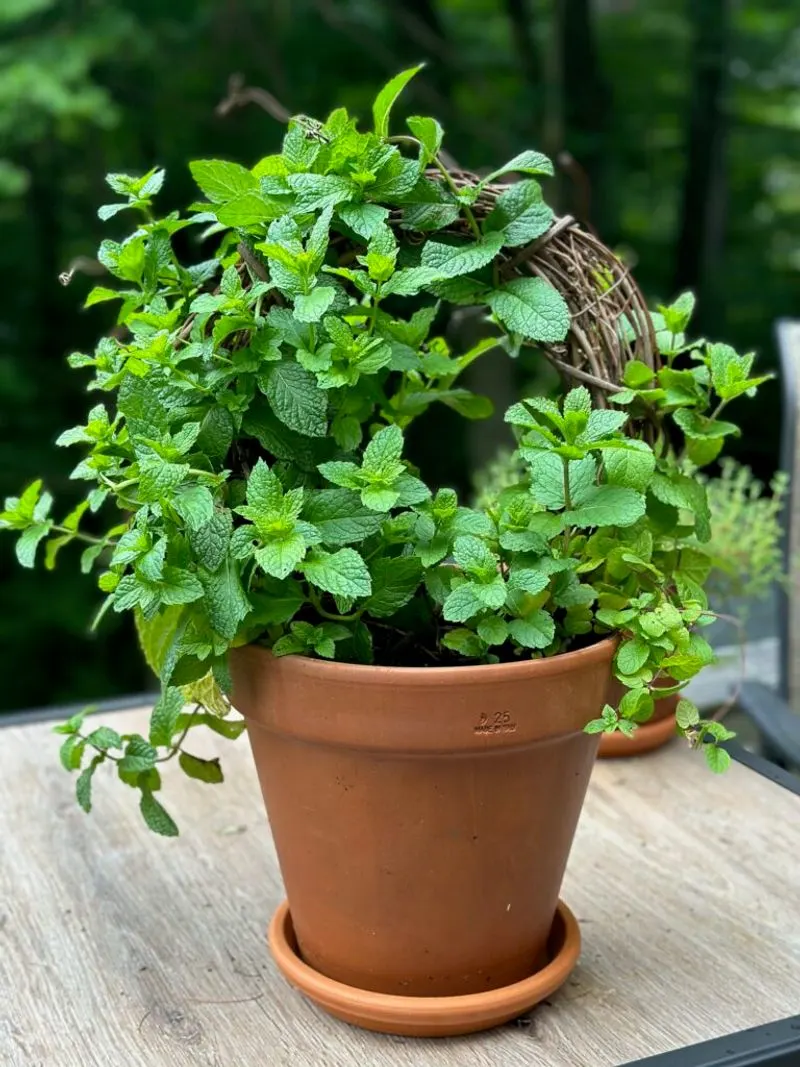
Mint, with its fresh aroma and vibrant growth, finds an ideal home in clay pots. Known for its aggressive spreading, mint is best contained, and clay pots provide a breathable environment that keeps roots healthy. The clay’s moisture regulation prevents the soil from becoming overly soggy, reducing the risk of root rot. As mint thrives, its aromatic leaves are perfect for teas, garnishes, or culinary use. Placed on a kitchen counter or windowsill, mint in a clay pot becomes both a functional and fragrant addition to your cooking space.
Oregano
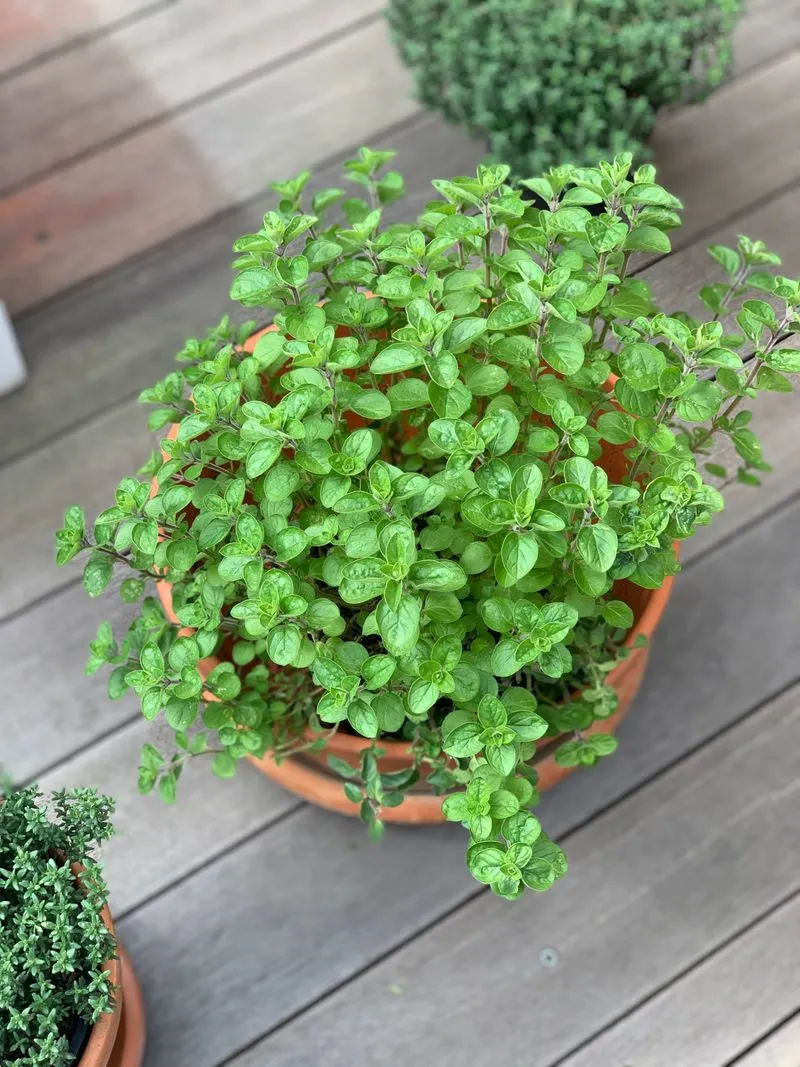
Oregano, a staple in Mediterranean cuisine, benefits greatly from the conditions provided by clay pots. These pots ensure excellent drainage, crucial for oregano, which dislikes overly moist soil. Clay’s breathability allows for air circulation around the roots, promoting healthy growth. The weightiness of clay pots helps to anchor oregano’s bushy foliage, preventing toppling in breezy spots. This aromatic herb, when grown in a sunlit balcony in a clay pot, becomes a convenient source of fresh flavor for your cooking endeavors, enhancing everything from pizzas to salads.
Jade Plant
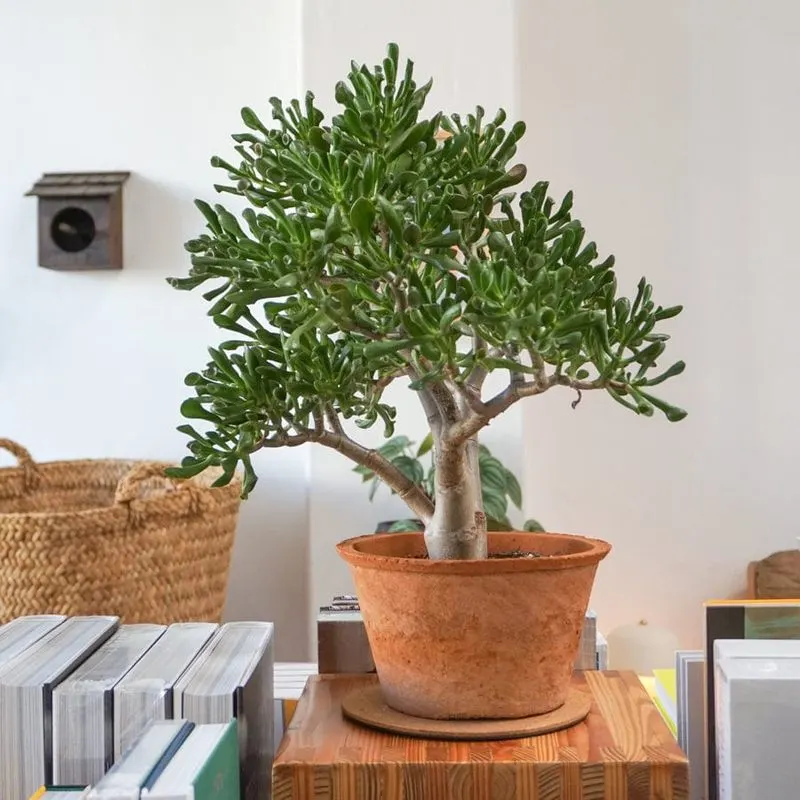
Jade plants, with their thick, glossy leaves, thrive in clay pots that provide the necessary drainage and aeration. These pots mimic the jade plant’s native rocky environments, preventing the roots from becoming waterlogged. Clay helps regulate moisture, ensuring the soil dries out between waterings, which is vital for this succulent. The sturdy nature of a clay pot also supports the jade plant’s top-heavy growth, reducing the risk of tipping over. In minimalist decor, jade plants in clay pots make a striking statement, their vibrant green a symbol of prosperity.
Rose
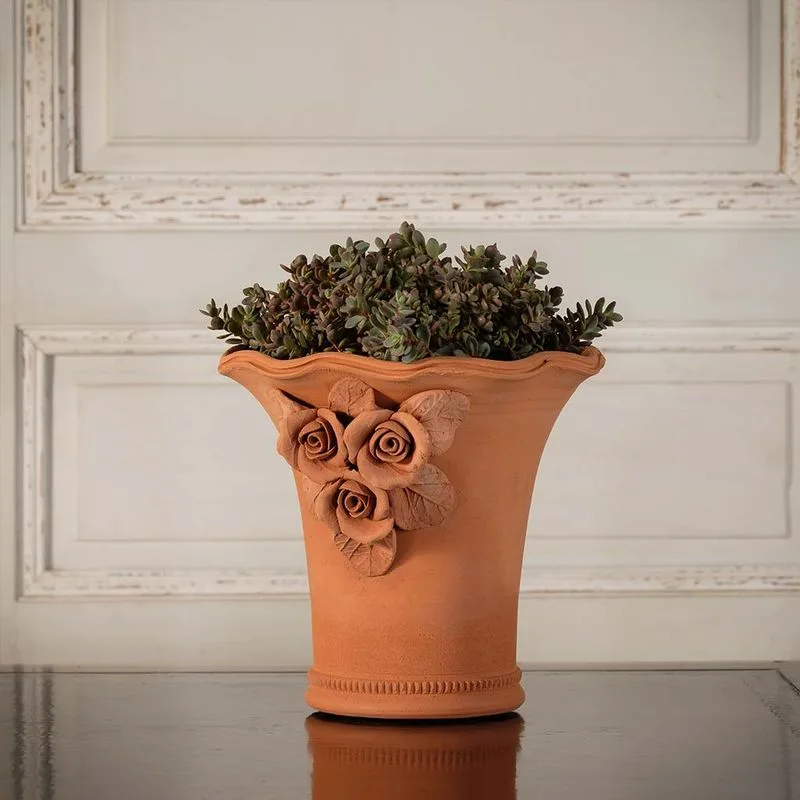
Roses, with their timeless beauty and fragrant blooms, benefit from the stable environment provided by clay pots. These pots offer the perfect mix of moisture retention and drainage, essential for healthy roses. Clay’s porous nature ensures that excess water evaporates, reducing the risk of root diseases. Additionally, clay pots provide stability, supporting the rose’s bushy growth and preventing tipping. In an English garden or on a patio, roses in clay pots bring elegance and romance, their blossoms a testament to careful cultivation in the right container.
Snake Plant
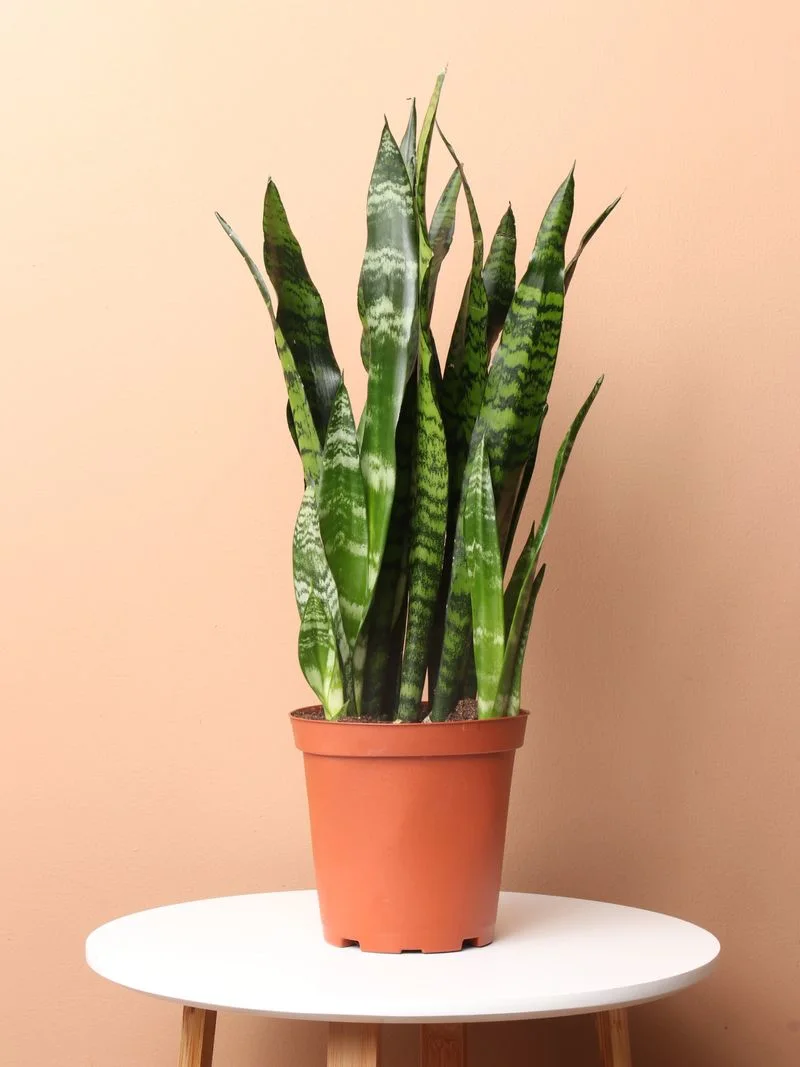
Snake plants, famous for their easy care and striking leaves, thrive in the breathable environment of clay pots. These pots help prevent overwatering, a common mistake with snake plants. The clay allows for air circulation and moisture regulation, essential for their robust health. Not only do clay pots provide an attractive, earthy aesthetic, but they also lend stability to the tall, architectural form of snake plants. Whether in a modern living room or an office corner, snake plants in clay pots make a bold, low-maintenance statement.
Sage

Sage, with its earthy aroma and soft, grey-green leaves, finds an ideal growing environment in clay pots. These pots offer excellent drainage, preventing the soggy conditions that can lead to root rot. The breathability of clay supports the plant’s need for dry, well-ventilated soil. Additionally, clay pots keep sage’s roots cooler, reflecting its native Mediterranean habitat. In a herb garden or on a kitchen windowsill, sage in a clay pot not only provides culinary delights but also adds a touch of rustic charm with its timeless appeal.

